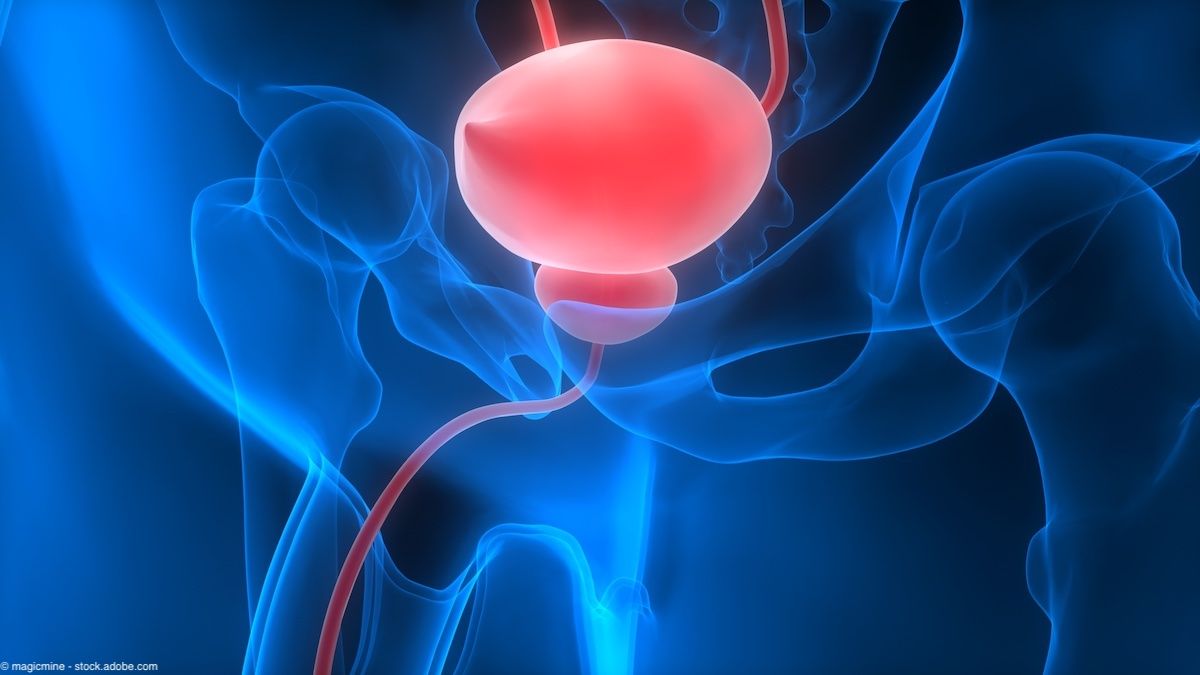Article
Renal stone incidence increasing among adolescents
A population-based study evaluating 25-year trends in renal stone findings among children reported a 4% per year increase in incidence driven by consistently escalating renal stone rates in the 12- to 17-year age group.

Key Points
Washington-A population-based study evaluating 25-year trends in renal stone findings among children reported a 4% per year increase in incidence driven by consistently escalating renal stone rates in the 12- to 17-year age group.
As part of the Rochester Epidemiology Project, Mayo Clinic investigators used ICD-9 codes to identify all children 0 to 17 years of age in Olmstead County, MN with a renal stone diagnosis from 1984 to 2008. Medical record information was used to verify stone formers with imaging studies or evidence of stone passage, classify disease as symptomatic or asymptomatic, and examine characteristics of stone formers and renal stones.
Of the 207 children coded as having had renal stones during the study period, 84 (41%) were classified as incident stone formers and 14 (7%) were considered asymptomatic stone formers, reported first author Moira Dwyer, MD, a urology resident at Mayo Clinic, Rochester, MN, working with Andrew D. Rule, MD, and colleagues.
The overall incidence of stone disease was 10.9 per 100,000 person-years, an approximately 10-fold lower rate than that reported for adults in the Rochester Epidemiology Project (Kidney Int 2006; 69:760-4).
A nonsignificant difference was observed in the incidence of renal stone diagnosis by gender, with rates of 13 per 100,000 person-years for girls and 9 per 100,000 person-years for boys. Incidence of renal stones was highest in the 12- to 17-year age group. Within this cohort, renal stone diagnosis rates steadily increased throughout the study interval, resulting in a three-fold increase in the incidence of renal stones among adolescents from Olmstead County over the past 25 years from 13 to 36 per 100,000 person-years.
Cause of increase not known
Although it has been hypothesized that a rise in renal stone incidence could be tied to increases in body mass index, Dr. Dwyer, who presented the findings at the AUA annual meeting in Washington, stated that such a conclusion could not be drawn thus far.
"Over our 25-year study period, we found no significant trend in body mass index in children and adolescents who formed stones. Many people do believe that changing trends in diet, such as increasing salt intake, may be the cause of the rising incidence of stone disease, but unfortunately, our data does not allow us to draw a definitive conclusion about what is contributing to the increase," Dr. Dwyer said.
Use of computed tomography to diagnose renal stones in adolescents showed a dramatic increase, from no use prior to 1996 to becoming the preferred diagnostic imaging modality thereafter. Advanced imaging technology may also be a contributing factor to the observed increase in renal stone diagnoses.
Future trajectory uncertain
The future trajectory of renal stone incidence in children remains to be seen.
As Dr. Dwyer observed, "Until we understand what is causing the increase in the incidence of stone disease in adolescent populations, it's difficult to know whether the incidence of stone disease will continue to increase in our pediatric population."
Children who experience renal stones are at increased risk for future events during childhood or as an adult. Recurrent renal stone episodes were recorded for 44% of children included in the study. This number may not be a true reflection of recurrence.
"Because stones can occur decades after the first episode, it's likely that many of these children will continue to have recurrent stone episodes with the passage of time," Dr. Dwyer said.














